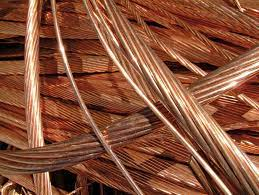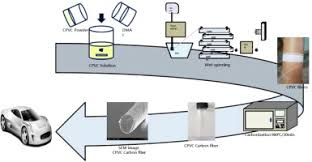
Five types of pipe used in plumbing
There are a wide variety of pipe materials available to professional installers and plumbers. We take a brief look at five of the most common.
Polyvinyl Chloride (PVC)
PVC pipes are among the most popular pipe materials used within the plumbing industry, as they are lightweight, durable, and inexpensive. PVC pipes are also resistant to corrosion and are easy to install, but they are not as flexible as some other types, as they tend to warp at high temperatures. This means that PVC piping cannot be used to supply hot water or heating systems.
Copper pipe
Copper is a naturally occurring metal that is highly resistant to corrosion, extremely long-lasting and durable. Copper pipes are also very easy to install and are able to withstand extreme temperatures, pressures, and exposure to UV and oxygen. Copper pipe is also a popular choice as it can be recycled. More information about the types of fitting for copper piping can be found here: https://watkinspowis.co.uk/products/copper-pipe-fittings-and-press-systems/
Cross-linked Polyethylene (PEX)
PEX piping is becoming increasingly popular because it can be directly connected to a water heater. PEX pipes are durable and resistant to corrosion, with the added benefit of being flexible, making them easy to install in tight spaces. PEX cannot be recycled and is only suitable for indoor use, as the pipes can be damaged by sunlight exposure.
Chlorinated polyvinyl chloride (CPVC)
CPVC pipes are similar in performance to PVC pipes, but with an added layer of chlorine. This layer of chlorine helps to make the pipe more resistant to corrosion and allows for hotter temperatures and pressure. CPVC pipes are also inexpensive and easy to install, but tend to crack when exposed to colder temperatures, making them unsuitable for outdoor and underground use.
There has been much debate over concerns about plastic pipes contaminating drinking water, so it is worth researching any safety concerns you may have.
Multi-layer plastic pipes
Multi-layer pipes are made using two thin layers of plastic, with a layer of aluminium in between. These pipes are suitable for indoor use, as the outer coating can be damaged by UV rays. Unfortunately, these pipes are difficult to recycle as the layers cannot be separated.
By understanding the different types of pipes and their advantages and disadvantages, professional plumbers can make sure that your plumbing system is installed correctly and will function properly.


Leave a reply